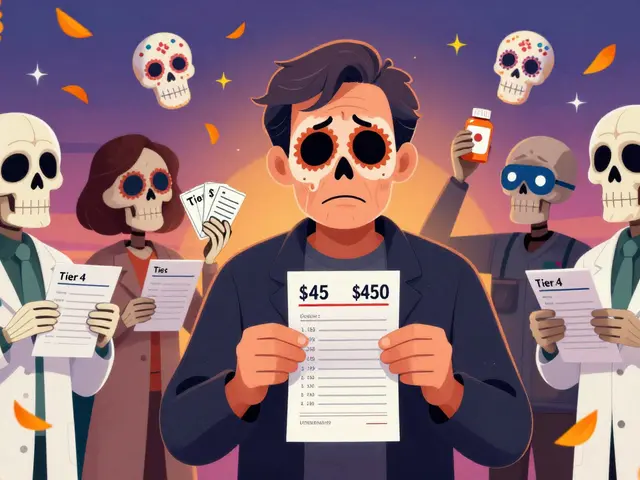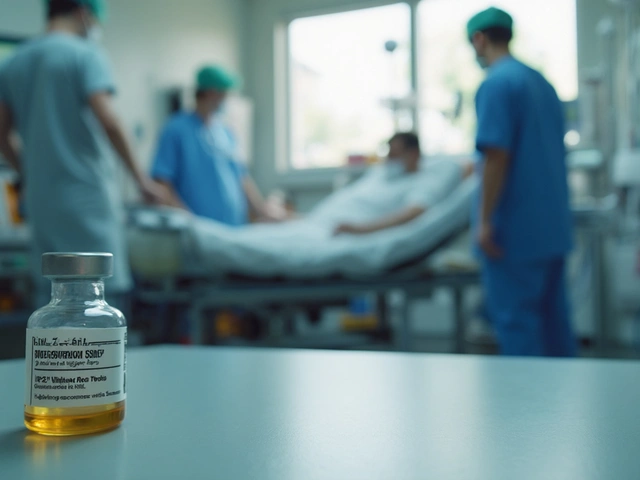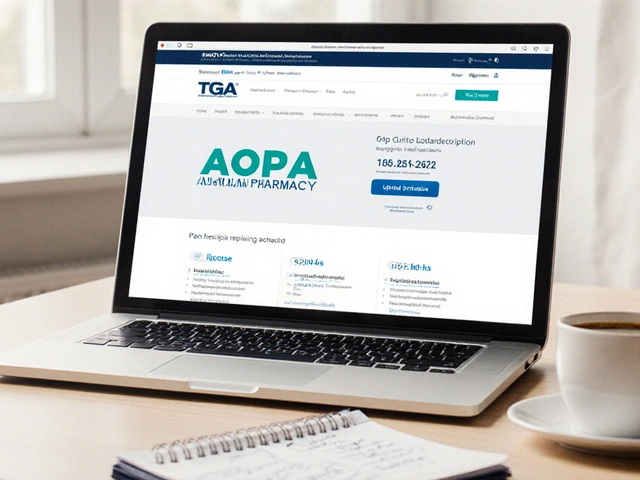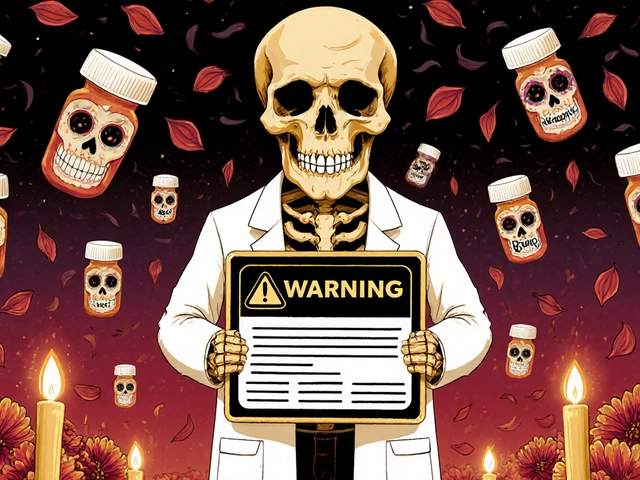Prescription Coupons: How to Find Real Savings on Meds
Prescription coupons can cut your out‑of‑pocket costs fast. You’ll see discount cards, manufacturer vouchers, and app coupons that lower the cash price or replace a high copay. But not all coupons are equal—some work at many pharmacies, others only online or at select chains. Here’s how to spot real savings and use them safely.
Start by comparing cash prices. Use coupon apps like GoodRx, SingleCare, and RxSaver to check a drug’s cash price at nearby stores. Sometimes the discounted cash price beats your insurance copay. If you find a better cash price, ask your pharmacist whether you should pay cash or run it through insurance. Remember: coupons usually can’t be stacked with insurance benefits and may be limited for government plans like Medicare or Medicaid—ask a pharmacist if you’re unsure.
Manufacturer coupons and patient assistance programs target specific drugs. If your drug is brand name and expensive, check the manufacturer’s site for savings cards or co‑pay assistance. If your income is low, look for manufacturer patient assistance programs that may provide free or heavily discounted meds. These programs often require an application and proof of income.
Watch the terms. Coupons often limit quantity, refill count, or dosage strength. They can expire or exclude controlled substances. Before you use a coupon, read the fine print or ask the pharmacy staff. Keep coupons on file in your app or email—some require a printed voucher or a barcode you show at checkout.
Where to look for reliable coupons
Good places to search: manufacturer websites, pharmacy chains (CVS, Walgreens), discount apps (GoodRx, SingleCare, RxSaver), insurance‑sponsored savings tools, and nonprofit patient assistance groups. Your prescriber’s office sometimes hands out coupons for newly approved drugs. Community health centers and clinics may also have local discount cards for people without insurance.
Safety tips and smart use
Never buy meds from a site that promises huge discounts but asks for no prescription. Always use pharmacies that require a valid prescription and are licensed in your country. Confirm the medication, dose, and manufacturer before accepting a discounted pill—counterfeit or wrong products are rare at reputable pharmacies but do exist when you skip proper channels.
Be strategic: compare prices before refilling, ask about a 90‑day supply, and see if a generic works for you. If you smoke through a medication, talk to your doctor about therapeutic alternatives that are cheaper. Keep records of coupon use and expiration dates so savings don’t vanish at the register.
Prescription coupons can save real money when used correctly. Check prices, read the rules, and use verified apps or manufacturer programs. If you ever feel a deal looks too good to be true, pause and check with your pharmacist or doctor first.
Quick hack: if a coupon requires printing but you only have a phone, most pharmacies accept screenshots or barcode images—call ahead to confirm. Also save a photo of your insurance card and the coupon together so staff can quickly compare cash versus insurance cost.
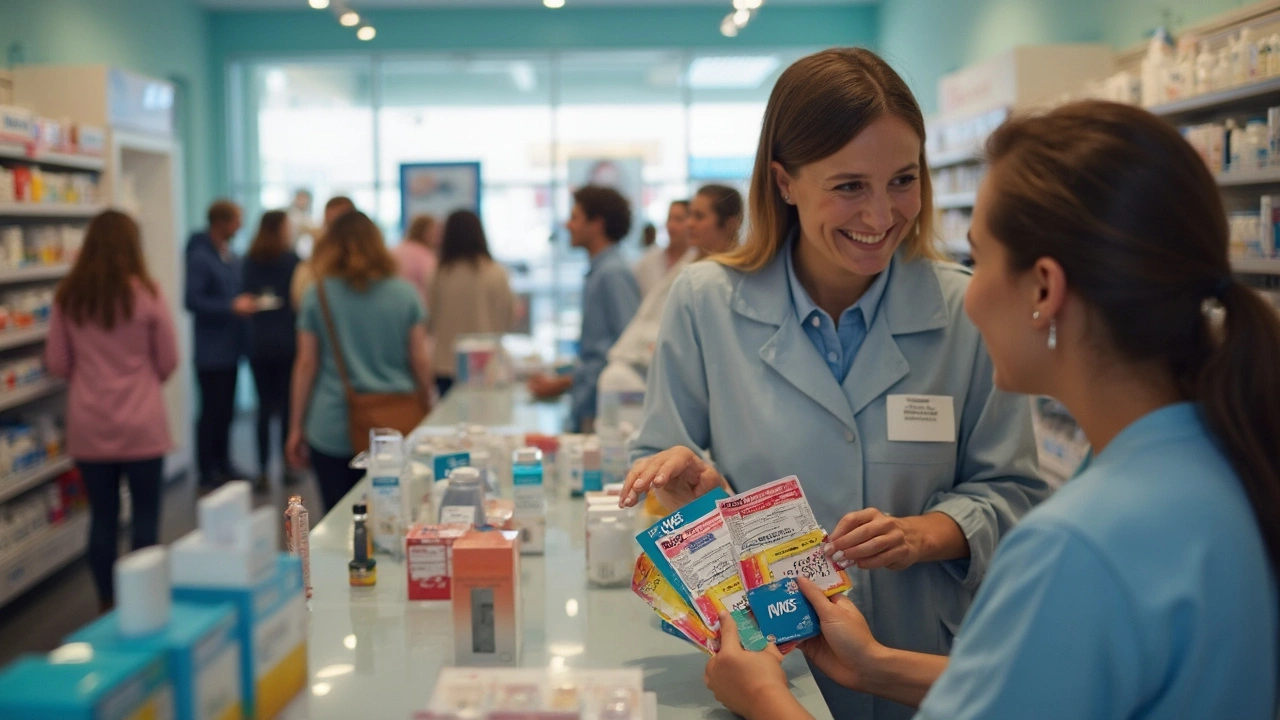
Ever wondered if you could stack multiple pharmacy discount cards and still stay on the right side of the rules? This deep-dive unpacks a step-by-step strategy to maximize your prescription savings through legit coupon stacking techniques at major pharmacies. Learn the real-world tricks, common limitations, and insider tips to help you pay the least for your meds. Explore trusted drug-savings apps, understand the legal landscape, and avoid rookie mistakes that could get your discounts denied. Don't pay more than you have to—get the details here.
Chris Gore Apr 29, 2025
